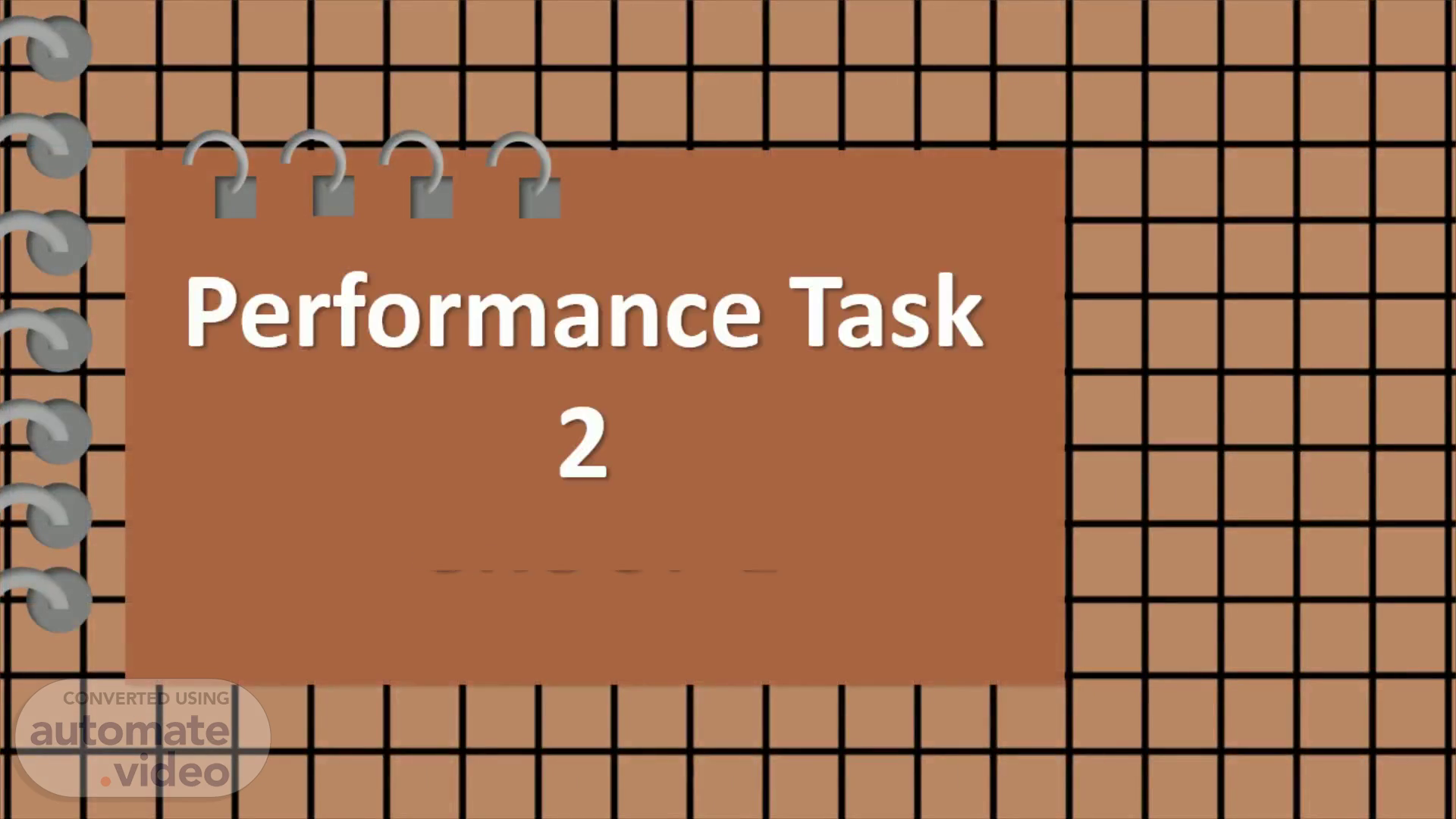
PowerPoint Presentation
Scene 1 (0s)
Performance Task 2. GROUP 1. 12-ABM 03. 1.0 4*if. 4. 4*if. 4*if. 4*if..
Scene 2 (27s)
. ku nostrud n olestlc •on R net.. MODULE 4. MEMORIES.
Scene 3 (51s)
Arador , Jericho A. 12- ABM 3 This type of approach is the most common technique for positioning. This refers to the emphasis on a particular attribute, product function, or customer value. What approach is this? A. Positioning by price / quality B. Positioning by Attribute C. Positioning by product user D. Positioning by use or application.
Scene 4 (1m 29s)
Arimado , Jay A. 12-ABM 03 Aside from the competition, is one of the most important and successful marketing techniques available to business owners. Differentiation Positioning Market Positioning.
Scene 5 (1m 59s)
Arroyo Rafael C 12 ABM 03 A handbag maker may position itself as a luxury status symbol. A. Reasoning by price / quality B. Positioning by attribute C. Positioning by use or application D. Positioning concerning a competitor.
Scene 6 (2m 25s)
Anito , Jona C. 12-ABM 03 Ms . Christine likes to purchase bags in Louis Vuitton and Chanel to treat herself because of the good quality despite being expensive. What kind of Market Positioning is it? A. Positioning by product use B. Positioning by product class C. Positioning by price / quality . D. Positioning by Attribute.
Scene 7 (2m 54s)
. ku nostrud n olestlc •on R net.. MODULE 5. MEMORIES.
Scene 8 (3m 7s)
Balasi Eloisa May 12-ABM 03 Is a non-material activity resulting in an observable change of condition for the buyer created by the seller..
Scene 9 (3m 27s)
Balino , Charlyn 12-ABM 3 It reflects on the overall consumer experience that occurs within the product itself. From the first time, a customer bought or availed the product up to the after-sale. A. Goods B. Services C. Ideas D. Experience.
Scene 10 (4m 0s)
Barcial , Jen Krista Marie P. 12-ABM-3 It is defined as “ things produced by labor or effort ” or “ outcome of an action or process . ” A. Tangible Product B. Product C. Intangible Product D. Services.
Scene 11 (4m 18s)
Camagay , Athena Marie C. 12 ABM 3 It is the process of doing and seeing things or having things happen to you with the product. A. Service B. Product C. Experience.
Scene 12 (4m 36s)
. ku nostrud n olestlc •on R net.. MODULE 6. MEMORIES.
Scene 13 (5m 1s)
Calixtro , Francine A. 12-ABM 03 If the product has been developed, the first stage is the process of its ______ . A. Introduction B. Growth Stage C. Maturity D. Decline.
Scene 14 (5m 19s)
Colobong , Quinn Ayesha T. 12 - ABM 03 It shows this stage being aimed at bridging down, prices at this point may appear to be volatile, with the signaling margin reducing as prices continue to decline due to external factors such as rivalry or lower demand. A. Growth B. Maturity C. Decline D. Introduction.
Scene 15 (6m 3s)
Cortes , Mary Antoinette I. 12-ABM 03 Which phase of the Product life cycle is a downward turn in sales leading to the demise of a product? A. Introduction B. Growth C. Maturity D. Decline.
Scene 16 (6m 22s)
Cruz , Noreen Ann V. 11 ABM C What are the four stages of Product Life Cycle? A. Introduction, Development, Maturity, and Decline B. Development, Success, Introduction, and Maturity C. Maturity, Empowerment, Development , and Success.
Scene 17 (6m 53s)
1.0 4*if. 4. 4*if. 4*if. 4*if.. Key to Correction.
Scene 18 (7m 10s)
GROUP 1. 12-ABM 03. 1.0 4*if. 4. 4*if. 4*if. 4*if..